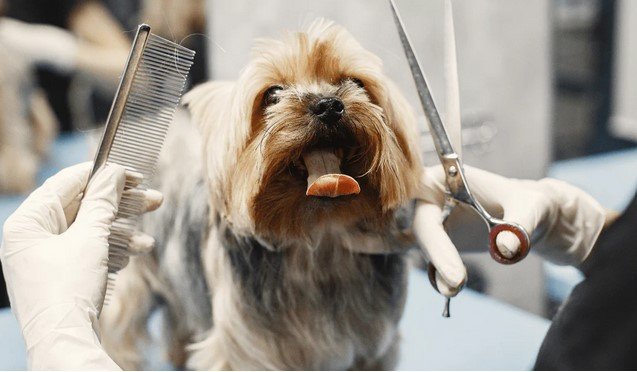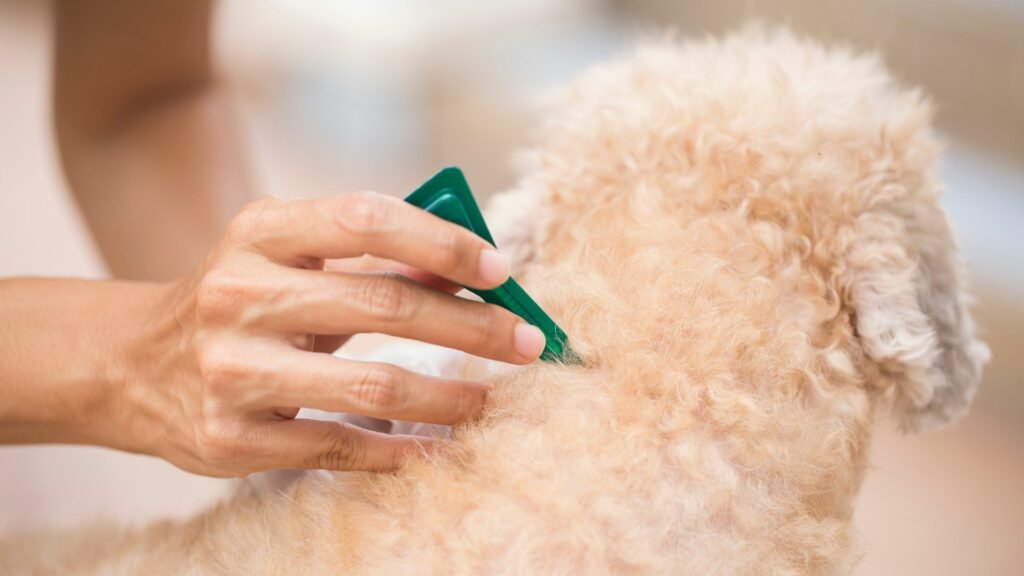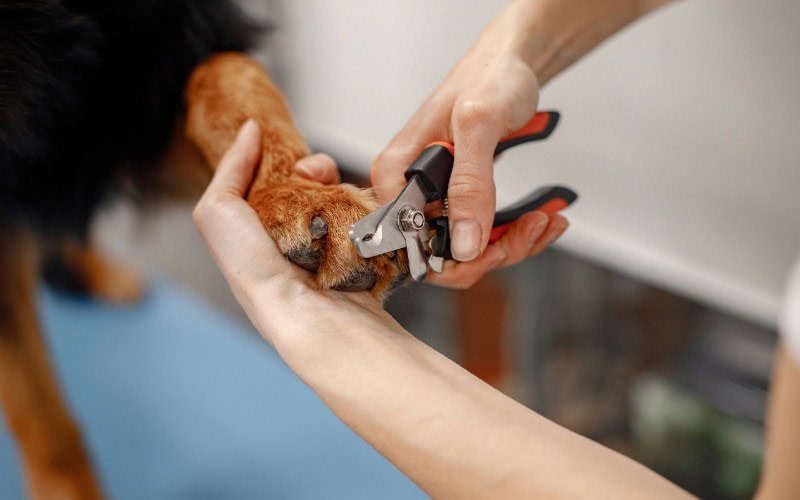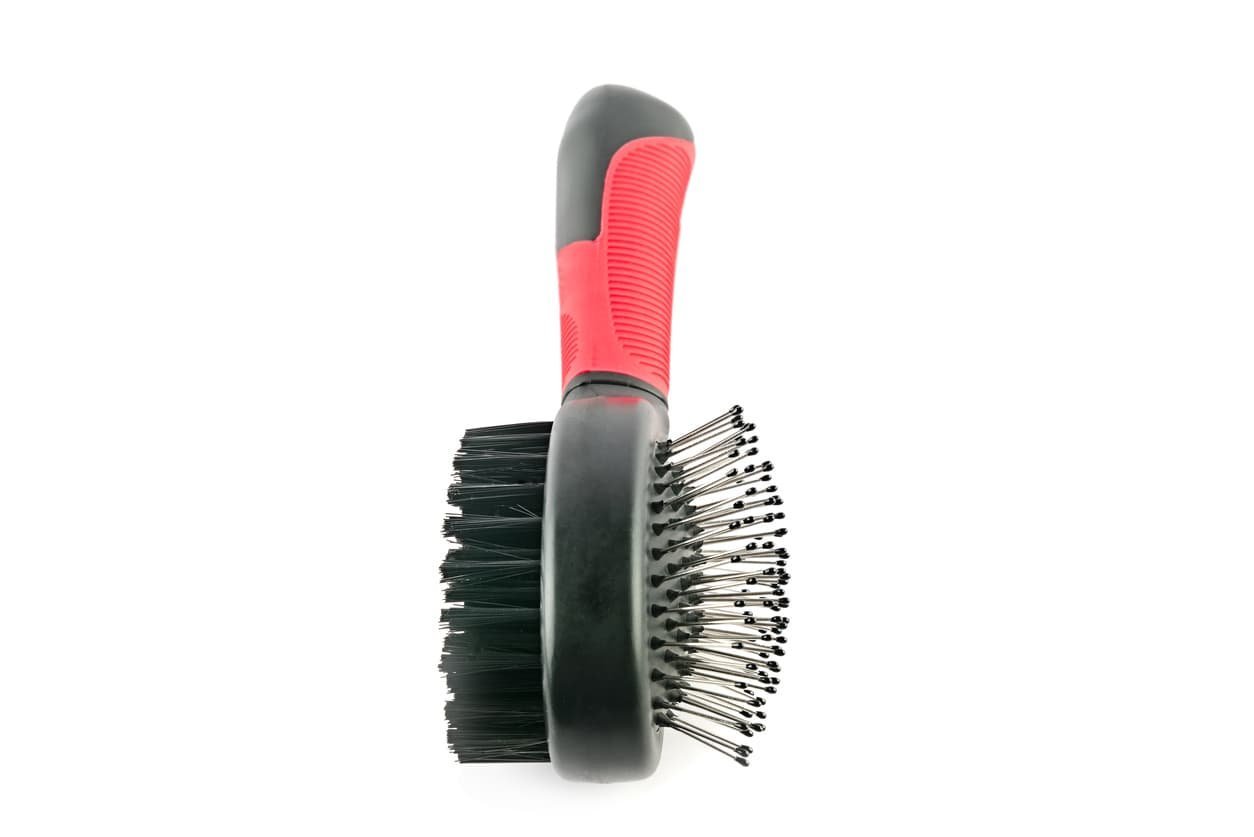Grooming is a crucial part of keeping your dog healthy and happy. While some dogs need regular grooming sessions, others may require less frequent care. The frequency of grooming depends on your dog’s breed, coat type, and health. Regular grooming not only improves your dog’s appearance but also helps detect any underlying health issues, such as skin infections or parasites. In this post, we’ll explore how often you should groom your dog based on their specific needs.
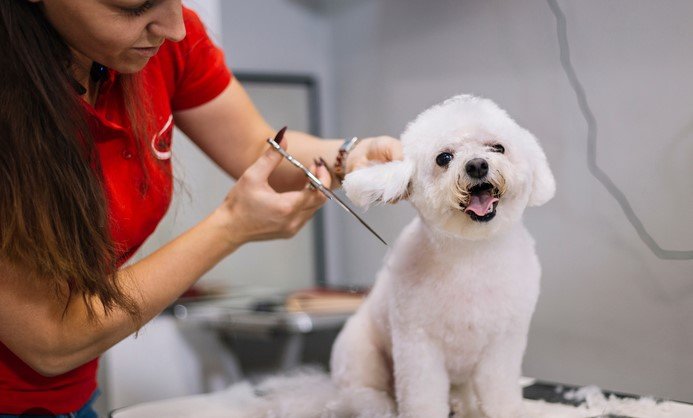
Grooming Frequency Based on Coat Type
1. Short-haired Dogs
Short-haired dogs, such as Beagles, Boxers, and Dachshunds, generally require less grooming compared to long-haired breeds. These dogs shed, but their grooming needs are usually minimal. A quick brush once a week is typically enough to remove loose hair and keep their coat healthy.
However, they still benefit from occasional baths, especially after outdoor activities. Bathing every 4-6 weeks is usually sufficient unless they get dirty or smelly. Regular grooming can also help to reduce shedding, especially during shedding seasons.
2. Long-haired Dogs
Long-haired dogs, like Shih Tzus, Yorkies, and Afghan Hounds, require more frequent grooming to prevent tangles and mats from forming. These dogs should be brushed at least 3-4 times a week. Brushing regularly helps prevent their hair from matting, which can lead to discomfort and skin issues. If mats become too tangled, they can be painful to remove and may require professional grooming.
Bathing should be done every 4-6 weeks or as needed, depending on your dog’s activity level. Regular baths with a gentle dog shampoo can keep their coat shiny and healthy. After bathing, it’s important to dry and brush their coat thoroughly to avoid matting.
3. Curly and Wavy-haired Dogs
Breeds like Poodles, Bichon Frises, and Portuguese Water Dogs have curly or wavy coats that require frequent grooming to prevent tangling. These dogs need to be brushed at least 3-4 times a week. Regular brushing helps keep their hair free of tangles and mats, which can become uncomfortable if left untreated.
These breeds may also need to be trimmed every 4-6 weeks to keep their coat in good shape. Bathing should be done every 4-6 weeks, with a moisturizing dog shampoo to maintain their curly texture and prevent dryness.
Grooming Frequency Based on Dog Size and Activity Level
1. Small Dogs
Small dogs, such as Chihuahuas, French Bulldogs, or Pugs, generally require less grooming than larger breeds. Their coats are typically easier to manage, and they don’t shed as much. For short-haired small dogs, brushing once a week and bathing every 4-6 weeks should suffice.
Long-haired small dogs, like the Maltese or Lhasa Apso, require more attention and may need daily brushing to avoid tangles. These breeds also need regular haircuts, typically every 4-6 weeks, to keep their coat looking neat.
2. Large Dogs
Larger breeds, such as Golden Retrievers, German Shepherds, and Huskies, tend to shed more and need more frequent grooming. These dogs may need to be brushed 3-4 times a week, particularly during shedding seasons, to reduce loose fur and keep their coat healthy.
Bathing large dogs should be done every 4-6 weeks, or more often if they become particularly dirty from outdoor activities. Larger breeds with thick undercoats, like the Husky, may need professional grooming during shedding seasons to ensure their coat remains manageable and free of mats.
Special Grooming Considerations
1. Health Issues and Allergies
If your dog has health issues like skin conditions, allergies, or parasites, grooming frequency may need to be adjusted. Dogs with allergies might require more frequent baths to keep their skin healthy and prevent irritation. In these cases, it’s best to consult with your veterinarian for specific grooming recommendations.
Dogs with ear infections or excess wax buildup may also need regular ear cleaning. It’s important to inspect their ears during grooming sessions and clean them as necessary to avoid infections.
2. Nail Trimming
Nail trimming is another essential aspect of grooming. Most dogs need their nails trimmed every 3-4 weeks, depending on how quickly their nails grow and how much exercise they get. Regular nail trimming helps prevent discomfort and injury. If you hear your dog’s nails clicking on the floor, it’s a sign they need a trim.
3. Teeth Cleaning
Dental care is often overlooked but is just as important as brushing and bathing. Ideally, you should brush your dog’s teeth 2-3 times a week to prevent plaque buildup and ensure good oral health. Dental chews or treats can also help maintain their dental hygiene.
Conclusion
The frequency of grooming depends on your dog’s coat type, size, and activity level. Short-haired dogs generally need less grooming, with weekly brushing and monthly baths. Long-haired and curly-coated dogs require more frequent brushing and regular trims. Larger and more active dogs may need more attention during shedding seasons, while small dogs typically need less care.
Regardless of your dog’s grooming needs, regular grooming helps maintain their health, keeps their coat shiny, and strengthens the bond between you and your pet. With the right routine, your dog will look and feel their best.







